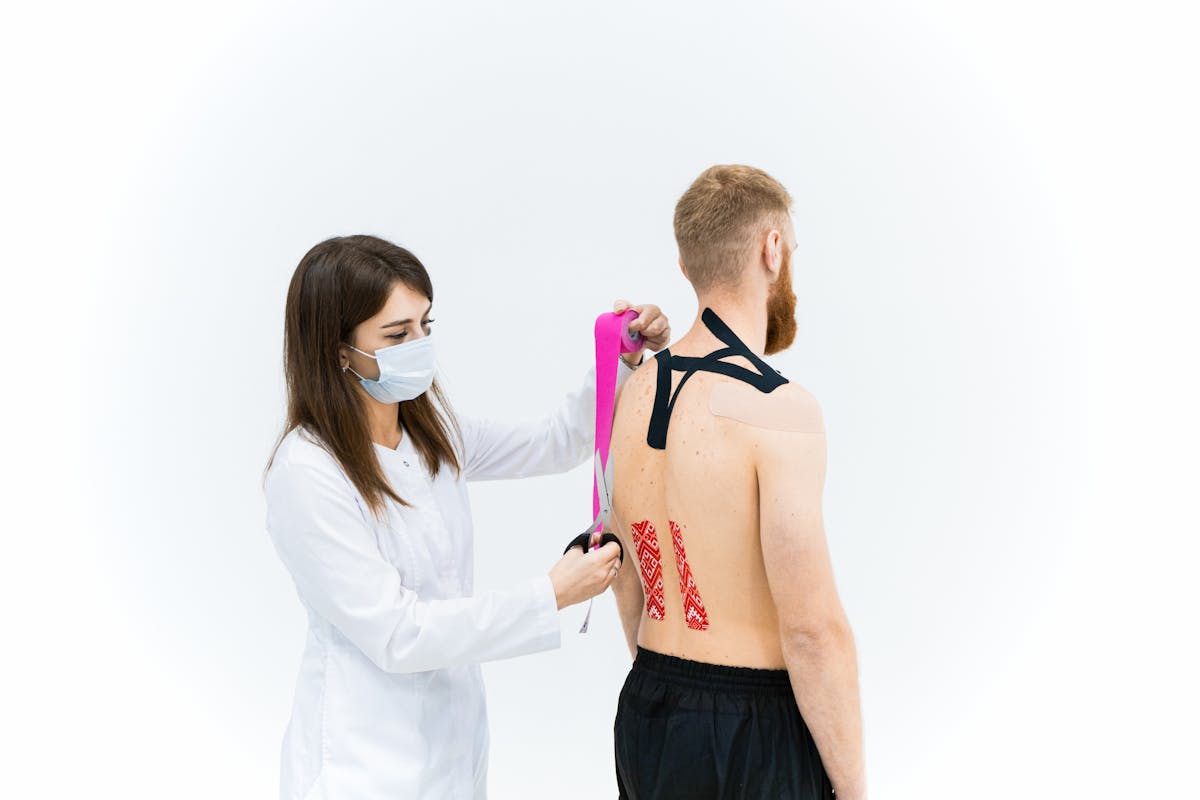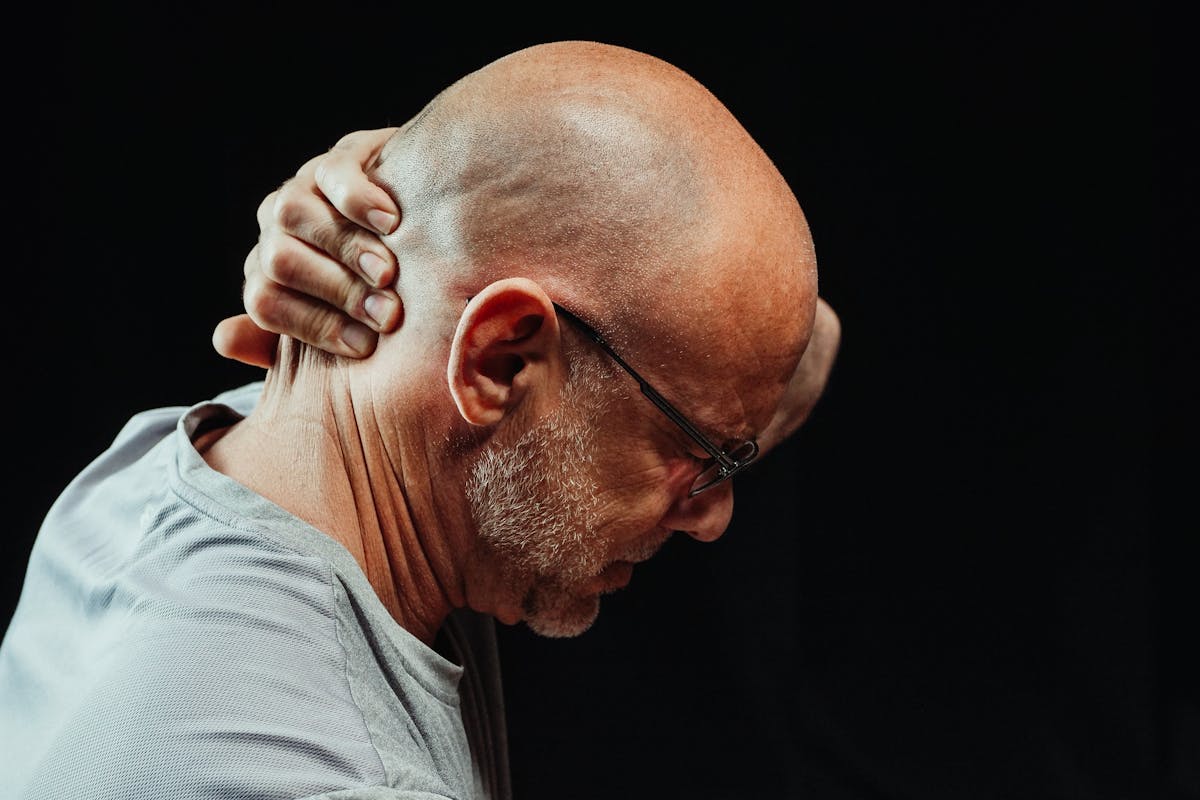Changes in the nails can be due to an illness, deficiency of some vitamins or other minerals, hormonal problems, infections, diabetes and even cancer.
This occurs due to the lack of oxygen that more serious problems cause. Consequently, nails experience changes in the growth and development process, in color, shape and in their resistance.
When healthy, nails have a transparent white appearance with a pink base. Therefore, if there are changes in this aspect, which are not the result of collisions, it is essential to seek medical attention .
So, in this text, we will show you what your nails can say about your health.
1. Yellow nails
Nails that acquire a yellowish color can, in fact, indicate several conditions, but not necessarily diseases.
For example, elderly people may commonly have yellow nails. In addition, people who have taken antibiotics, handled chemicals or smoke may also be affected by yellowing of the nails.
There is also the possibility that these changes in the nails occur due to excessive consumption of carrots, pumpkin or sweet potatoes .
However, there are some health problems that can present yellow nails as a symptom, such as fungal infections, diabetes, liver or lung diseases, as well as rheumatoid arthritis and psoriasis.
What to do in these cases: seek dermatological care to determine whether it is a fungal infection or psoriasis and then treat the condition appropriately. If you suspect you have other diseases, it is best to seek a general practitioner who, through an initial assessment, will be able to refer you to the most appropriate specialist.
2. Nail with white spots
In general, white spots on the nail are caused by bumps or injuries . This change is called leukonychia.
Furthermore, although it is not very common, these spots can appear after the use of some antibiotics or because of vitiligo or leprosy , for example.
In such situations, it is advisable to patiently wait for the nail to grow until the spots naturally fade away. If this does not occur after several weeks, it is advisable to consult a dermatologist.
3. Brittle and dry nails
In short, if your nails are rarely intact, this could be a sign that you are frequently in contact with chemicals . Detergents and even nail polish, for example, can weaken them.
Furthermore, these changes can appear in your nails due to a deficiency of vitamins A, B12 or C, low iron or folic acid levels in the body or diseases such as anemia, hyperthyroidism, mycosis or psoriasis.
What to do in these cases: First, it is recommended to stop using products that may cause allergies . If your nails continue to break, you should see a dermatologist to investigate whether there is a nutrient deficiency or a disease.
4. Blue nails
These changes occur due to low or no oxygenation . As a result, the skin underneath the nail takes on a bluish color.
This can happen when we are in a place with low temperatures and, in fact, this condition is called cyanosis.
However, if this symptom appears in contexts other than this, it may indicate circulatory, respiratory or cardiac problems .
What to do in these cases: if you are in a cold environment, it is recommended to wear gloves or keep your hands warm in some other way. However, if in addition to blue nails, symptoms such as shortness of breath or excessive fatigue appear, it is essential to see a general practitioner or cardiologist.
5. With dark lines on the nail
When dark lines appear on the nail, it may be an indication of a condition called melanonychia . This can occur due to the use of antibiotics or medication used to treat HIV .
However, another possible cause is increased production of melanin , the dark pigment that gives skin its color.
Furthermore, these changes in the nails can arise as a result of a collision or other situation that has caused local bleeding , thus darkening the nail.
What to do in these cases: a dermatological consultation is ideal, as the doctor can investigate the cause of the dark line. If it is a side effect of a medication, the doctor may change it to another. However, if the spot has progressed over time, with changes in color, shape and size, the doctor will examine it to diagnose melanoma. Finally, if the line is the result of an injury, just wait for the blood in the area to be naturally absorbed.
6. Reddish nails
These changes may indicate paronychia, a condition caused by bacterial , viral or fungal infections; or due to wounds in the area, which can, in fact, cause the formation of pus.
However, some illnesses can also cause the nail to turn red, for example, heart and lung diseases .
What to do in these cases: if there are wounds around the nail, it is recommended to seek dermatological care in order to treat the infection with antibiotics or drain the pus present in the area. However, if the nails are generally red, it is ideal to seek immediate medical help or go to the emergency room to treat the cause as soon as possible.
7. Greenish nails
These changes are a symptom of green nail syndrome, which is caused by a bacterial infection caused by Pseudomonas aeruginosa .
In general, this syndrome does not cause pain, however, it can leave the skin around the nail swollen and red.
What to do in this case: for this condition, the action to be taken is to seek a dermatologist and start the appropriate treatment with antibiotics.
8. Wavy nails
Wavy nails can be a result of natural aging , and are therefore often found in the elderly.
However, there are dermatological diseases that cause dimpled nails, such as psoriasis, atopic dermatitis, alopecia areata or lupus.
How to act in these cases: seek dermatological care to investigate and treat the causes of this condition.
9. Rounded nail
This characteristic appears gradually over the years and may even be imperceptible. Over time, the situation worsens, causing swelling and pain when pressed.
This change can occur as a result of low blood oxygenation resulting from lung or cardiovascular diseases, in addition to being symptoms of liver or intestinal diseases or HIV infection .
What to do in these cases: you should seek medical attention from your general practitioner to investigate the cause of this condition. After the diagnosis, he or she will be able to refer you to the most appropriate specialist.
10. Upturned nails
This change is called koilonychia and consists of leaving the nails projecting outwards with a shape similar to that of a spoon.
This generally happens because blood circulation is not reaching the center of the nail , and could be a symptom of, for example, iron deficiency, heart problems or hypothyroidism.
How to act in these cases: seek medical attention to investigate the cause of the change in question and be able to treat it appropriately with the most appropriate specialist.
11. Nail detachment
This condition is called onycholysis and can be caused by wearing tight shoes, allergies to cleaning products/chemicals, or excessive nail cleaning.
However, this change can be the result of fungal infections, diseases such as hyperthyroidism or psoriasis, as well as the use of medications such as captopril or retinoids.
What to do in these cases: it is important not to wear tight shoes and avoid cleaning under the nails excessively. Another important measure is to wear gloves when handling cleaning products to protect against possible unpleasant reactions. If the peeling does not stop even with these precautions, it is advisable to see a dermatologist for diagnosis and appropriate treatment.
12. White nails with a pink stripe on top ( Terry nails )
These changes in the nails may be characteristic of natural aging and therefore do not indicate any serious condition.
However, this condition can be a symptom of problems such as congestive heart failure, kidney failure, diabetes, and some liver problems such as hepatitis or cirrhosis .
How to act in these cases: it is ideal to seek care from a general practitioner so that he can investigate the causes of this change and refer you to the most suitable specialist.
So, have you identified any of these signs on your nail? If the answer was yes, don’t panic!
In short, the best alternative is to see a doctor as soon as possible! Only a professional will be able to tell you if there is something wrong with your body.




13 thoughts on “12 nail changes that could indicate health problems”
Comments are closed.